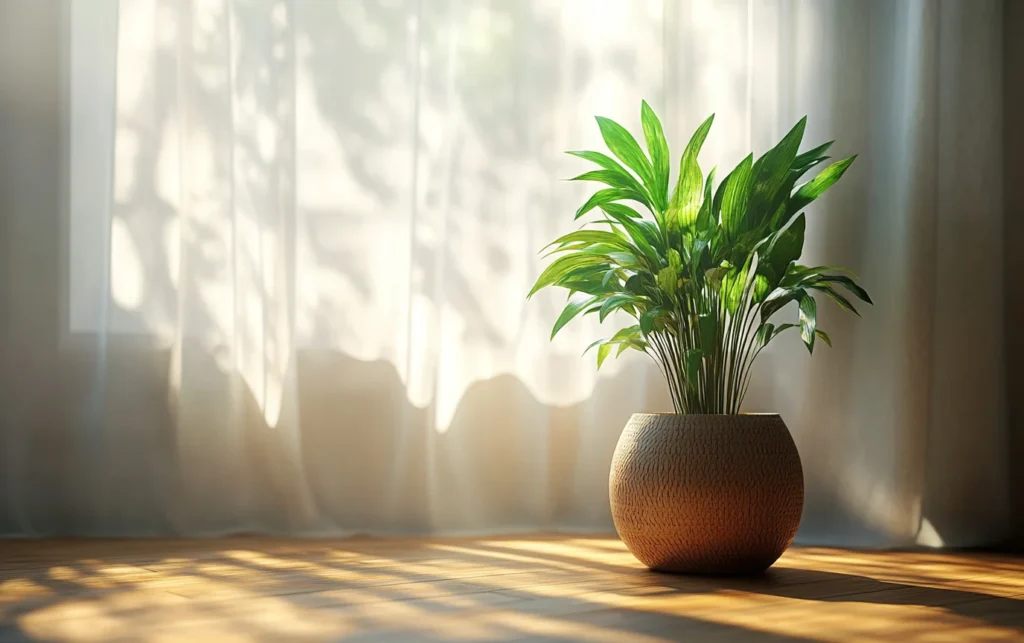Discovering mold in a flower pot can be a frustrating experience. Not only does it spoil the plant’s appearance, but it can also harm its health. Addressing mold promptly and effectively is essential to ensure the plant’s well-being and prevent recurrence.
Causes of Mold in a Flower Pot
Mold typically develops in flower pots due to overwatering, poor drainage, or insufficient ventilation. These conditions create a damp environment ideal for fungal growth. Contaminated soil or organic debris left on the soil surface can also contribute to the problem.
Early Signs of Mold
Initially, mold may appear as a thin white or gray film on the soil’s surface. Over time, this can grow denser and more visible. An unpleasant musty smell often accompanies advanced mold growth, indicating a fungal infestation.
Steps to Eliminate Mold
Mechanical Removal
If mold is in its early stages, remove it manually. Gently scrape off the top layer of affected soil and discard it. Loosen the remaining soil to improve aeration and reduce moisture buildup.
Repotting the Plant
For severe mold infestations, repotting is the best solution. Follow these steps:
- Remove the plant from the pot and carefully shake off old soil.
- Inspect the roots for damage, trimming any rotten or unhealthy areas.
- Place the plant in a new pot with proper drainage and fill it with fresh, high-quality soil.
Fungicide Application
Use a fungicide formulated for houseplants to treat mold. Follow the instructions carefully to ensure safe and effective use. Fungicides can eliminate fungal spores and prevent further spread.
Prevention and Maintenance
Improve Ventilation
Good airflow is critical in preventing mold. Ensure the plant receives fresh air by regularly ventilating the room and avoiding dark, poorly ventilated spaces.
Regulate Watering
Overwatering is the leading cause of mold. Water plants only when the top layer of soil has dried out. Ensure proper drainage and avoid letting water stagnate in the pot’s saucer.
Use Quality Soil
Choose soil specifically designed for houseplants. High-quality soil with good drainage properties reduces the risk of mold growth.
Regular Checks
Inspect the soil regularly for signs of mold or excess moisture. Promptly address any issues to prevent them from escalating.
Natural Remedies
Home remedies like diluted hydrogen peroxide, potassium permanganate solution, or garlic infusion may help combat mold. While these methods are less reliable than fungicides, they can be used for minor cases.
By following these practices, you can effectively eliminate mold and maintain a healthy environment for your plants. A proactive approach will keep your indoor garden vibrant and mold-free.

